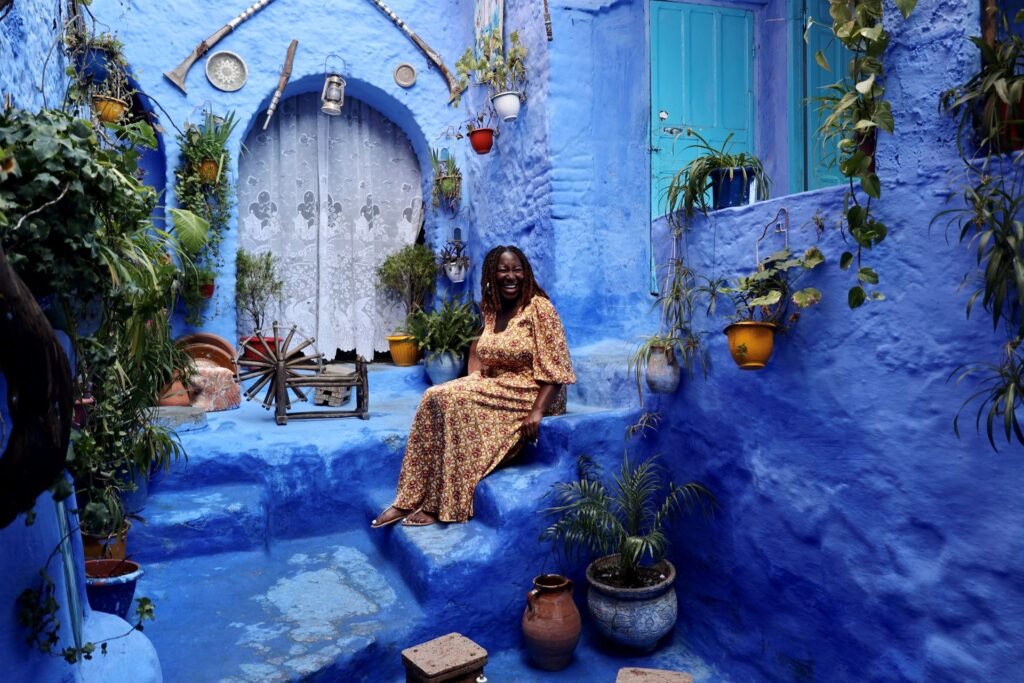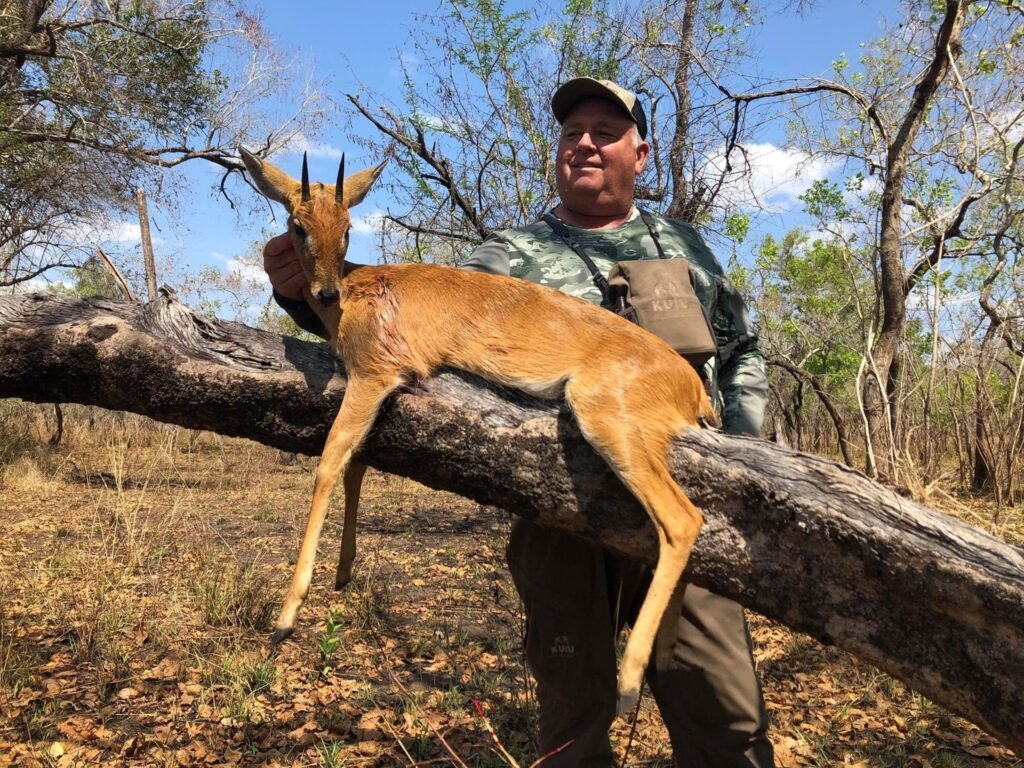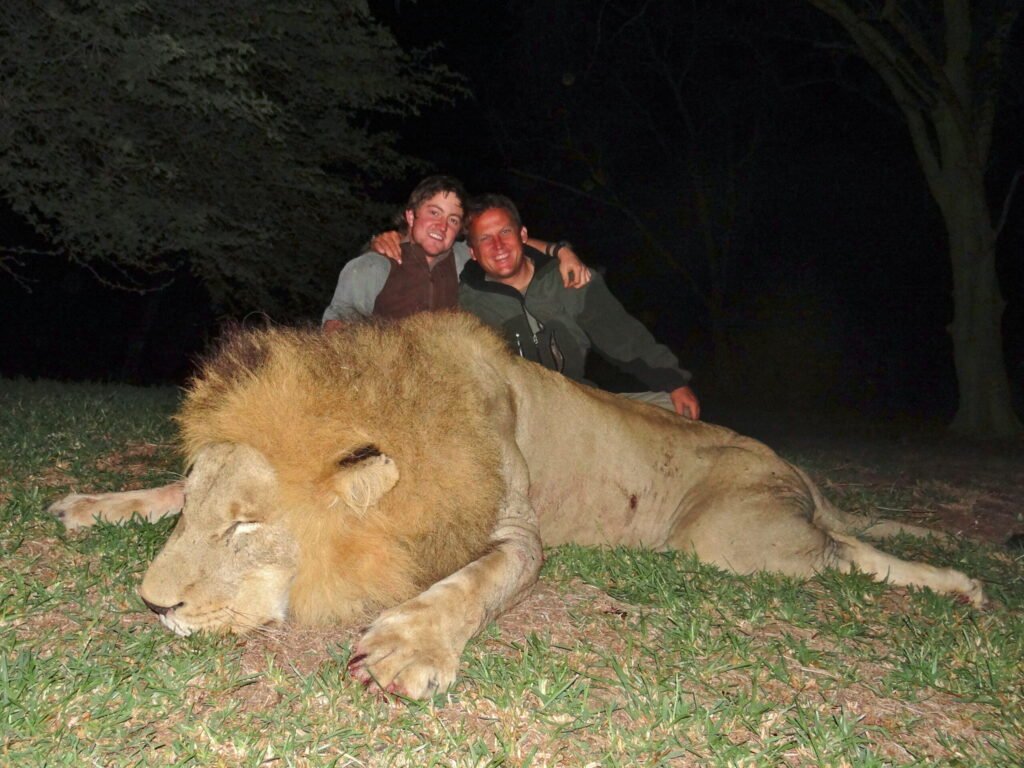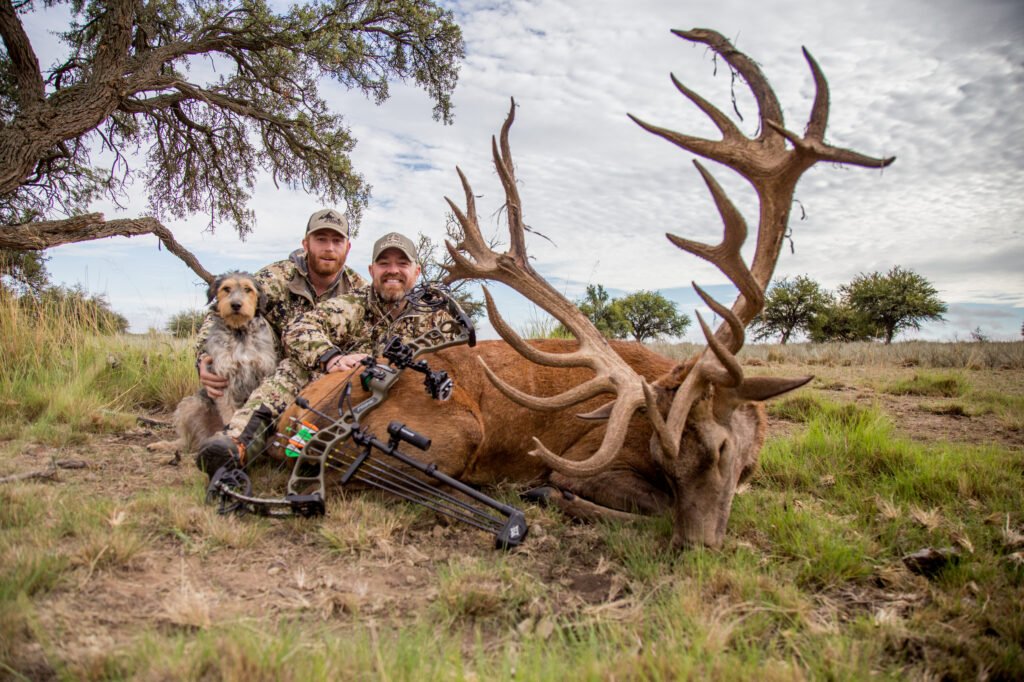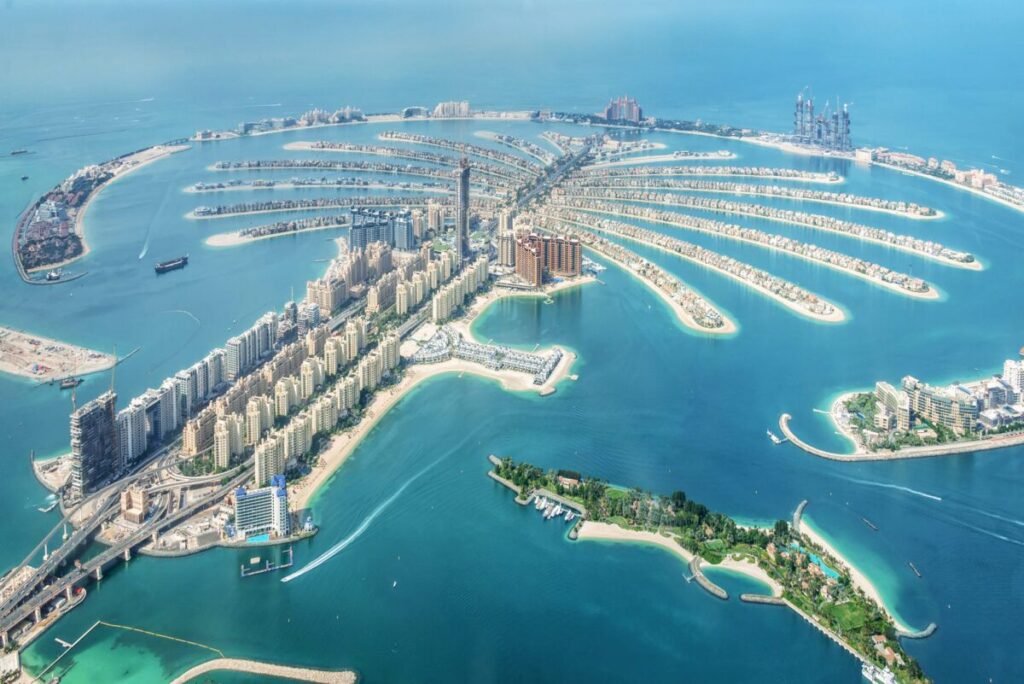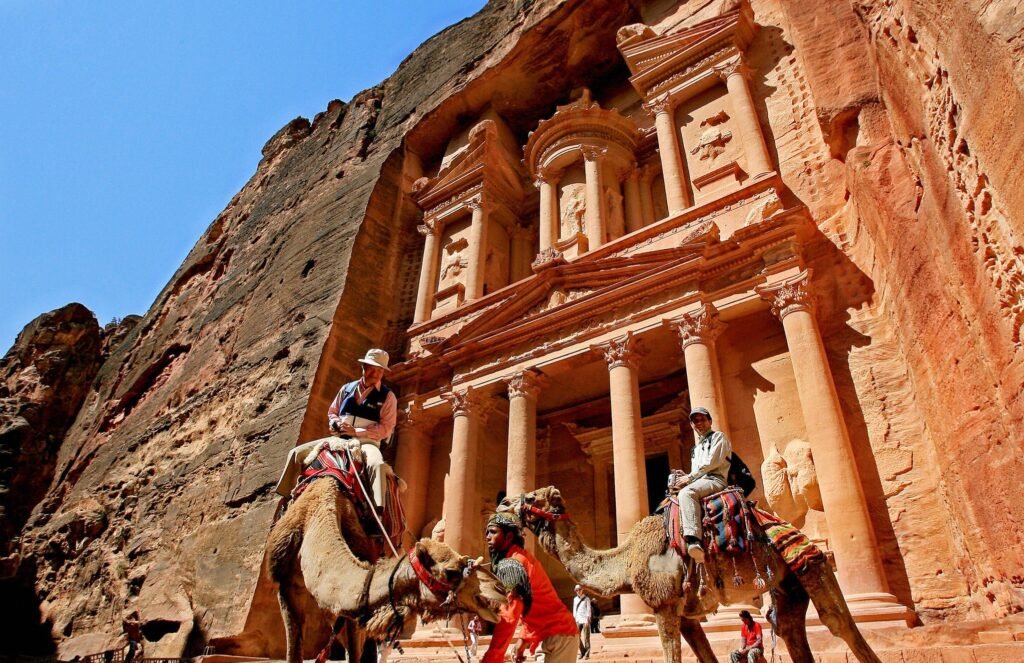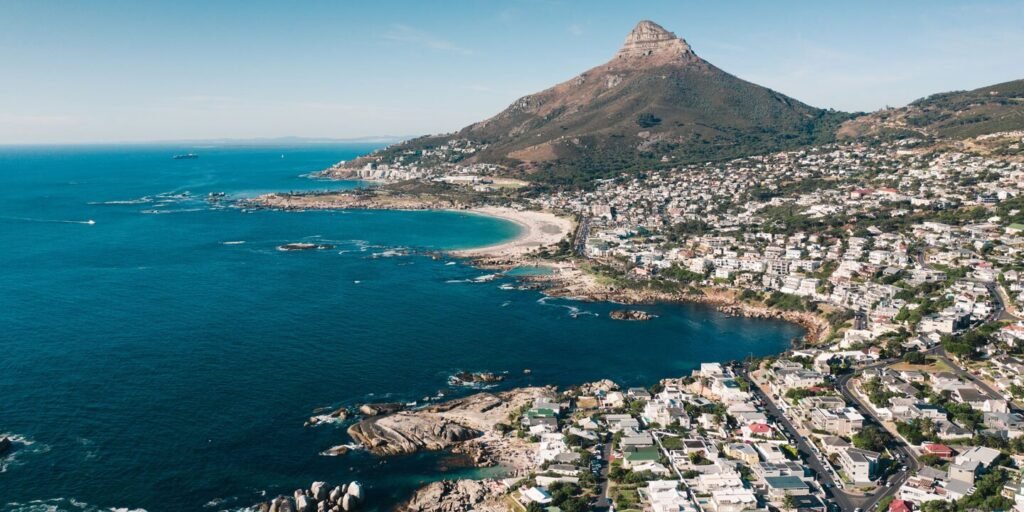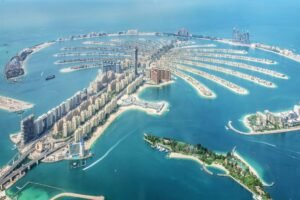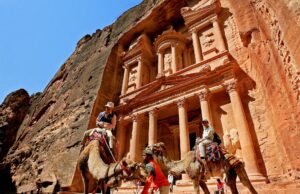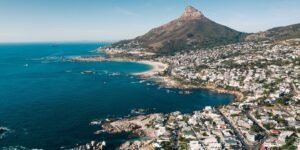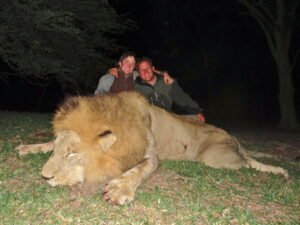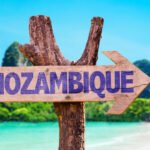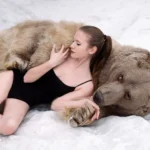Explore the Enchanting Kingdom of Morocco
Introduction:
Morocco, officially known as the Kingdom of Morocco, is located in North Africa with coastlines on both the Atlantic Ocean and the Mediterranean Sea. It is bordered by Algeria to the east and southeast, and Western Sahara to the south. The country is known for its rich history, diverse culture, and stunning landscapes, from the Sahara Desert to the Atlas Mountains. The capital city is Rabat, while the largest city is Casablanca.
Morocco’s geography is varied, featuring mountains, deserts, and extensive coastlines. The climate ranges from Mediterranean in the coastal regions to continental in the interior and arid in the desert areas.
Economically, Morocco has a mixed economy with significant contributions from agriculture, mining, manufacturing, and tourism. The country is one of the world’s largest producers of phosphates and has a growing renewable energy sector. The Moroccan dirham (MAD) is the official currency.
Culturally, Morocco is a melting pot of Arab, Berber, and European influences. The country is known for its vibrant traditions in music, dance, and cuisine. Festivals such as the Fez Festival of World Sacred Music and the Marrakech International Film Festival attract visitors from around the world. Arabic and Berber are the official languages, and French is widely spoken.
Politically, Morocco is a constitutional monarchy with an elected parliament. King Mohammed VI has been the reigning monarch since 1999. The country has a unique status in the Arab world due to its relatively progressive stance on women’s rights and civil liberties.
Tourism plays a vital role in Morocco’s economy, with millions of visitors each year. Key attractions include the historic cities of Fez and Marrakech, the scenic Atlas Mountains, and the Sahara Desert. Morocco’s diverse landscapes, rich history, and vibrant culture make it a top destination for travelers.
110 Facts About Morocco (2024) (Part 1)
Basic Information
| Category | Details |
|---|---|
| 1. Current Name | Morocco |
| 2. National Name | المملكة المغربية (Al-Mamlakah al-Maghribiyah) |
| 3. Former Names | Kingdom of Marrakesh, Kingdom of Fez |
| 4. Date of Establishment | 789 AD |
| 5. Date of Independence | March 2, 1956 (from France and Spain) |
| 6. Leadership | King: Mohammed VI, Prime Minister: Aziz Akhannouch |
| 7. Government Type | Constitutional monarchy |
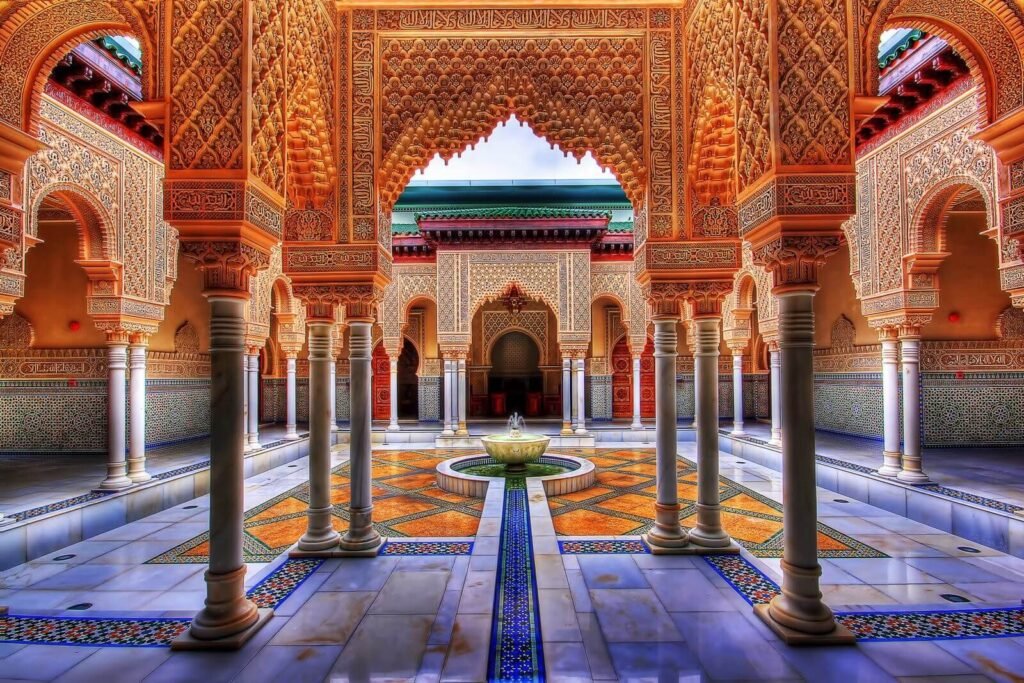
Geography
| Category | Details |
|---|---|
| 8. Capital City | Rabat |
| 9. Important Cities | Casablanca, Marrakech, Fez, Tangier, Agadir |
| 10. Land Area | 446,550 square kilometers |
| 11. Total Area | 710,850 square kilometers (includes Western Sahara) |
| 12. Neighboring Countries (Land) | Algeria, Western Sahara |
| 13. Neighboring Countries (Sea) | Spain (across the Strait of Gibraltar) |
| 14. UNESCO World Heritage Sites | Medina of Fez, Medina of Marrakech, Ksar of Ait-Ben-Haddou (9 sites) |
| 15. UNESCO World Natural Sites | None |
| 16. Climate | Mediterranean, arid, and semi-arid |
| 17. Biodiversity | Diverse flora and fauna, including Barbary macaques and the endangered Moroccan fir |
| 18. Famous River | Oum Er-Rbia |
| 19. Famous Mountain | Jebel Toubkal (highest peak in the Atlas Mountains) |
| 20. Coastline Length | 1,835 kilometers |
| 21. Major Islands | None within Morocco’s territorial waters |
| 22. Longest River | Draa River |
| 23. Highest Waterfall | Cascades d’Ouzoud |
| 24. Largest Lake | Lake Sidi Mohamed Ben Abdellah |
| 25. Largest Forest | Middle Atlas Cedar Forest |
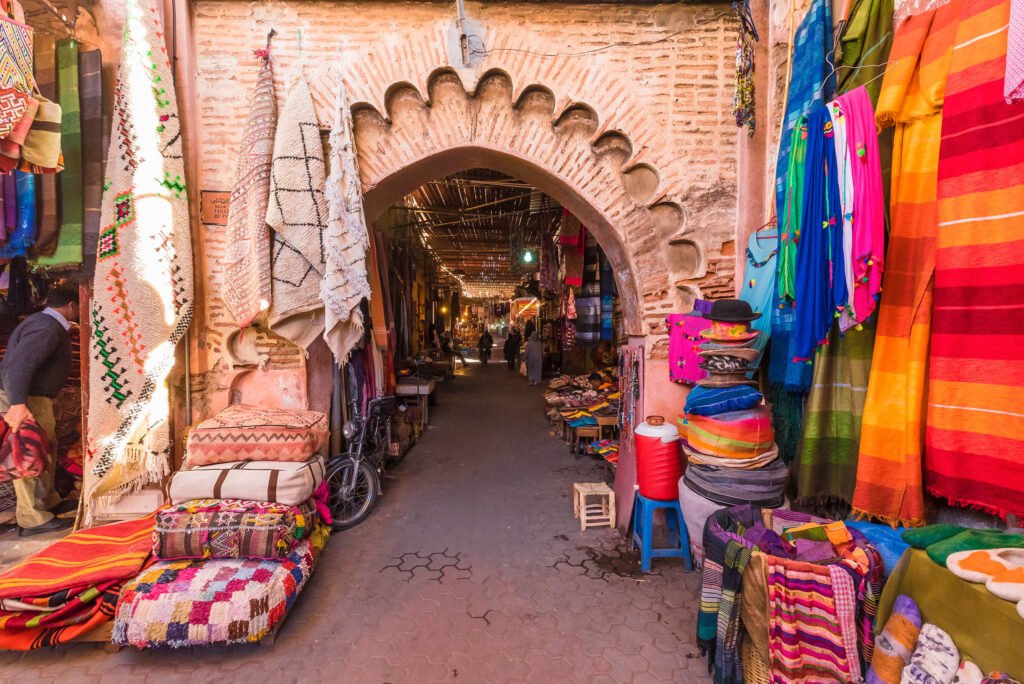
Population
| Category | Details |
|---|---|
| 26. Population (2024) | Approximately 38 million |
| 27. Population (1950) | 8.9 million |
| 28. Population (1900) | 4.9 million |
| 29. Projected Population (2070) | 50 million |
| 30. Population Density | 85 people per square kilometer |
| 31. Urban Population (%) | 63% |
| 32. Rural Population (%) | 37% |
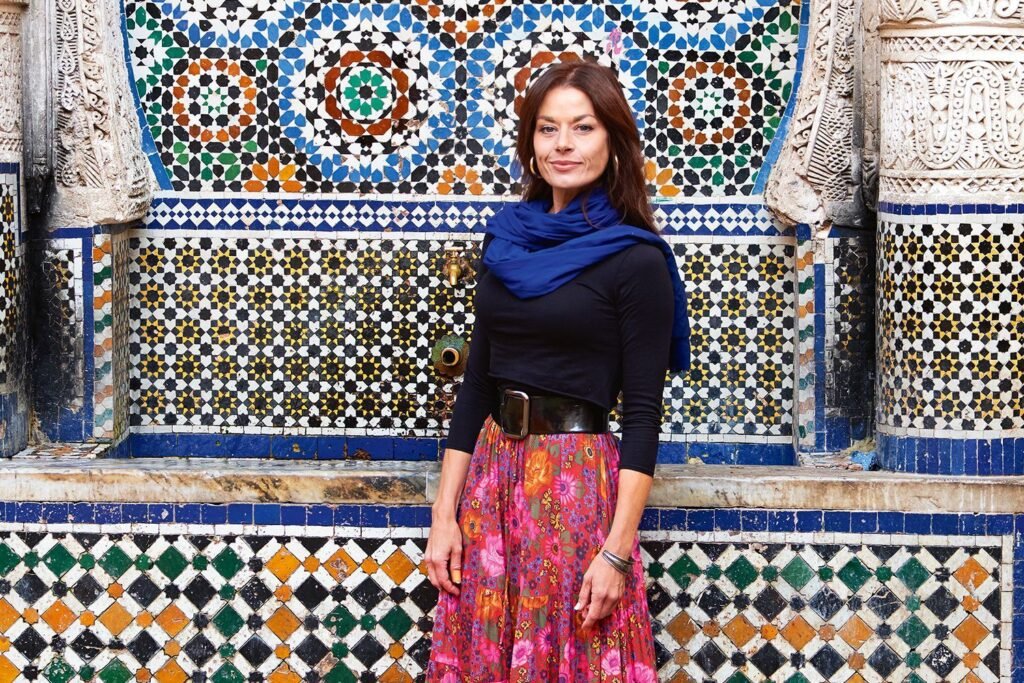
Demographics
| Category | Details |
|---|---|
| 33. Ethnicity/Race | Arab-Berber (99%), Other (1%) |
| 34. Languages | Arabic (official), Berber (official), French |
| 35. National Language | Arabic, Berber |
| 36. Religion | Islam (Sunni Muslim) |
| 37. Median Age | 29.5 years |
| 38. Life Expectancy | 76.7 years |
| 39. Birth Rate | 17.1 births per 1,000 people |
| 40. Death Rate | 5.5 deaths per 1,000 people |
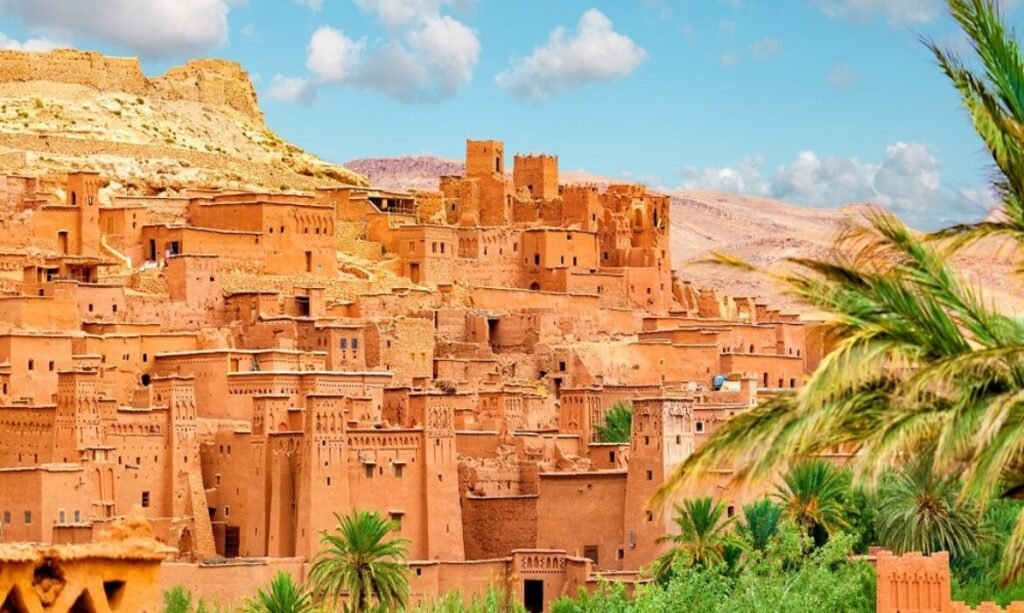
Economic Indicators
| Category | Details |
|---|---|
| 41. Monetary Unit | Moroccan Dirham (MAD) |
| 42. GDP | $132 billion (2022 est.) |
| 43. GDP per Capita (PPP) | $8,374 (2022 est.) |
| 44. Income Level | Lower-middle income |
| 45. Consumer Price Inflation | 1.6% (2022 est.) |
| 46. Current Account Balance | -$4.5 billion (2022 est.) |
| 47. Exchange Rate (Per $) | 1 USD = 9.94 MAD |
| 48. Unemployment Rate | 10.7% (2022 est.) |
| 49. Stocks Inward ($ billion) | 64.8 (2022 est.) |
| 50. Real GDP Growth (%) | 3.0% (2022 est.) |
| 51. Labor Force (Million) | 12 million |
| 52. Major Industries | Phosphates, textiles, clothing, tourism, agriculture |
| 53. Major Exports | Phosphates, textiles, electrical components, fish, agricultural products |
| 54. Major Imports | Crude oil, telecommunications equipment, wheat, gas |
| 55. Public Debt (% of GDP) | 68.2% (2022 est.) |
| 56. Tax Revenue (% of GDP) | 21% (2022 est.) |
| 57. Minimum Wage | 2,828 MAD per month |
| 58. Average Household Income | 43,000 MAD per year |
| 59. Inflation Rate | 1.6% (2022) |
| 60. Interest Rate | 2.25% (2022) |
| 61. Major Trade Partners | France, Spain, China, Italy, United States |
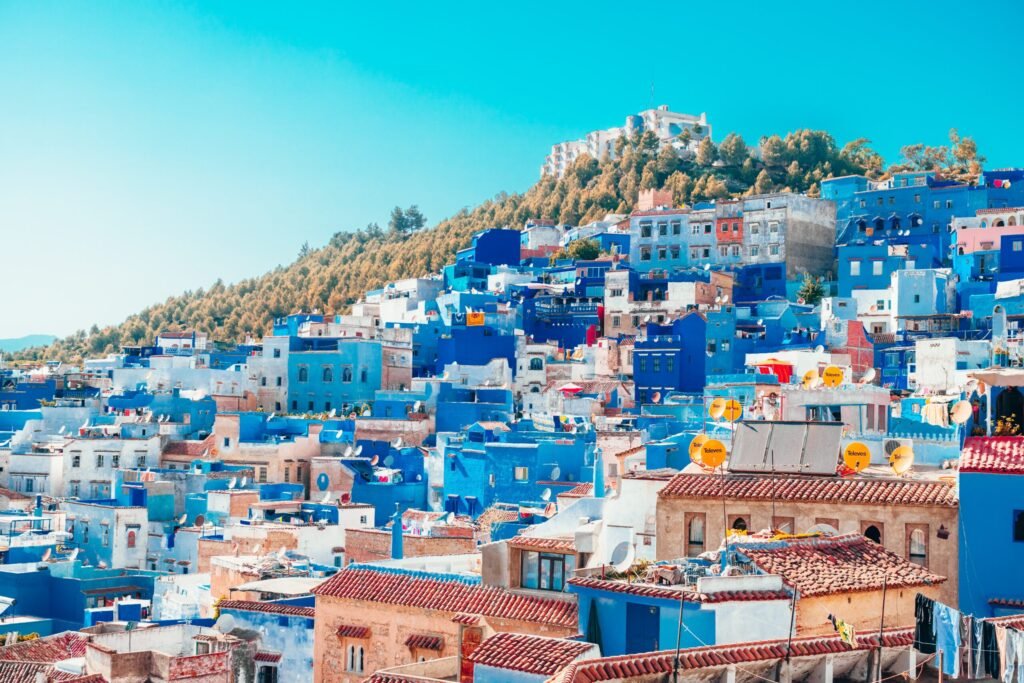
Social Indicators
| Category | Details |
|---|---|
| 62. Literacy Rate | 73.8% |
| 63. Fertility Rate | 2.4 children per woman |
| 64. Infant Mortality Rate | 18.6 per 1,000 live births |
| 65. Under-5 Mortality Rate | 22.7 per 1,000 live births |
| 66. National Holidays | Independence Day, Throne Day, Labor Day, Green March Day |
| 67. Health Care System | Developing, with major improvements needed |
| 68. Health Expenditure (% of GDP) | 6.2% (2022 est.) |
| 69. Obesity Rate | 20.4% of adults |
| 70. Drinking Water Source | 85% of the population has access to clean drinking water |
| 71. Access to Sanitation | 77% of the population has access to improved sanitation facilities |
| 72. Average Life Satisfaction | 5.9/10 |
| **73. Major Health |
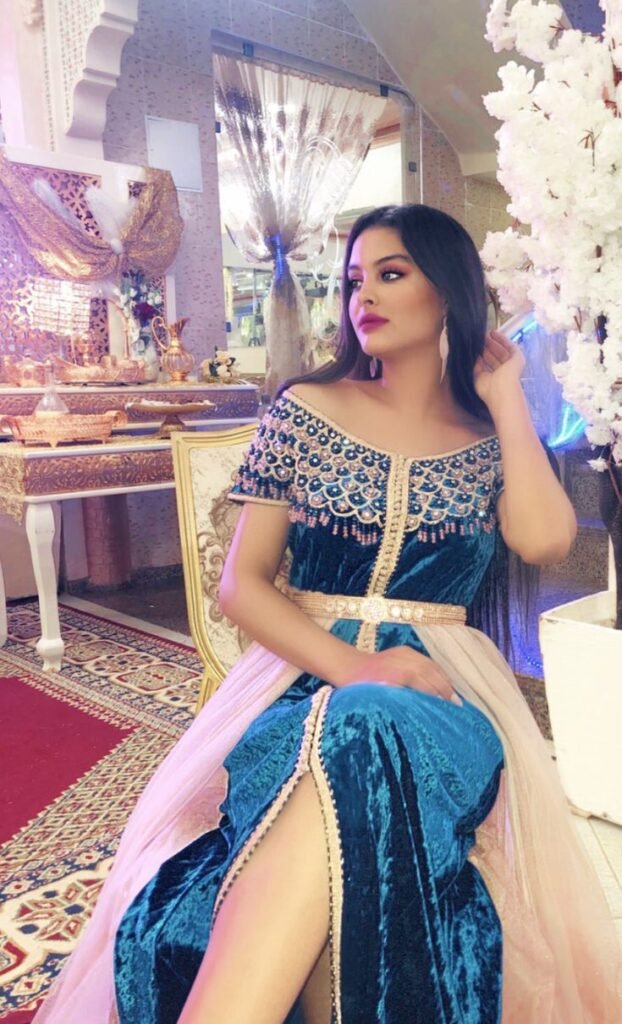
Social Indicators (continued)
| Category | Details |
|---|---|
| 73. Major Health Issues | Cardiovascular diseases, diabetes, respiratory infections |
Culture and Society
| Category | Details |
|---|---|
| 74. National Sport | Football (Soccer) |
| 75. National Animal | Barbary Lion |
| 76. National Flower | Rose |
| 77. Famous Cuisine | Couscous, Tagine, Pastilla, Harira |
| 78. Famous Music | Andalusian classical music, Chaabi, Gnawa |
| 79. Major Festivals | Mawazine, Fes Festival of World Sacred Music, Marrakech International Film Festival |
| 80. Traditional Dance | Chaabi, Ahidous, Gnaoua |
| 81. Famous Artists | Hassan El Glaoui, Farid Belkahia, Chaibia Talal |
| 82. Famous Writers | Tahar Ben Jelloun, Leila Abouzeid, Mohamed Choukri |
| 83. Cultural Influences | Arab, Berber, French, Spanish |
| 84. Popular Sports | Football, Basketball, Athletics |
| 85. Religious Practices | Islam (Sunni Muslim), with religious tolerance towards Jews and Christians |
Education
| Category | Details |
|---|---|
| 86. Best Public University | Mohammed V University |
| 87. Best Private University | Al Akhawayn University |
| 88. Education Expenditure (% of GDP) | 6.4% (2022 est.) |
| 89. Literacy Rate | 73.8% |
| 90. Primary School Enrollment | 99% |
| 91. Secondary School Enrollment | 58% |
| 92. Higher Education Enrollment | 14% |
| 93. Major Fields of Study | Engineering, Business, Social Sciences, Medicine |
| 94. Number of Universities | 23 |
| 95. International Students | 14,000 |
| 96. Graduation Rate | 65% (high school) |
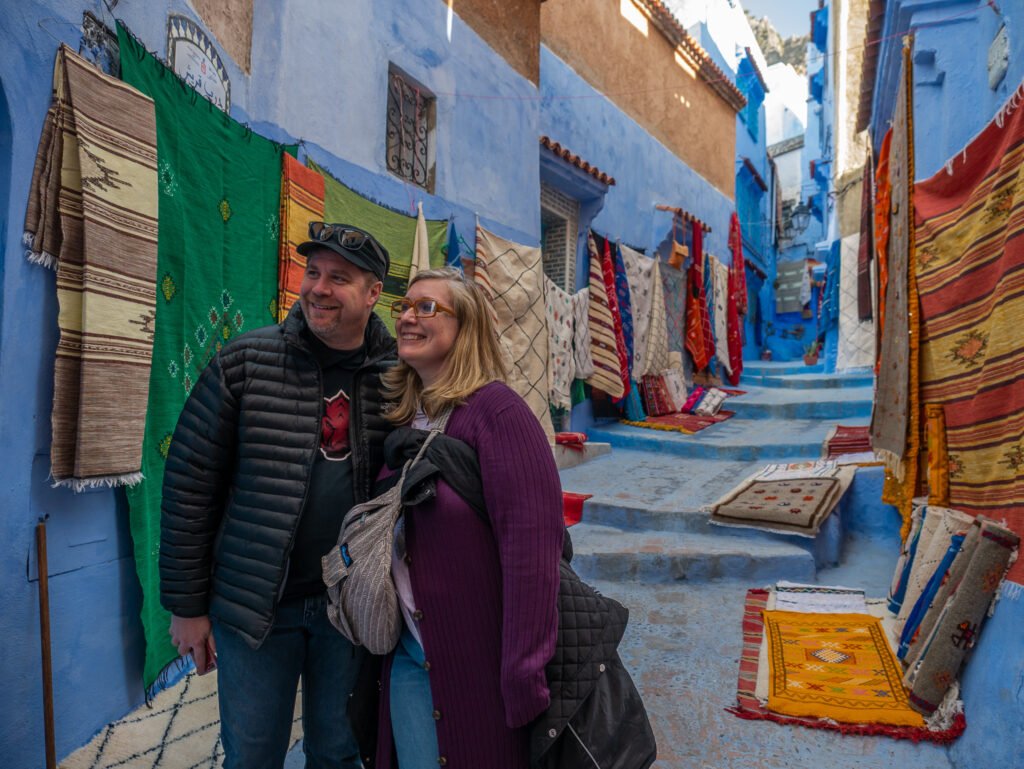
Environment
| Category | Details |
|---|---|
| 97. Pollution Levels | Moderate, with major urban areas experiencing higher levels |
| 98. Forest Coverage | 12% of total land area |
| 99. Protected Areas | 10% of land area protected |
| 100. Renewable Energy Use | 36% of total energy consumption (2022) |
| 101. Endangered Species | Barbary macaque, Mediterranean monk seal |
| 102. National Parks | Toubkal National Park, Ifrane National Park |
| 103. Environmental Policies | Focus on renewable energy and sustainable agriculture |
International Standing
| Category | Details |
|---|---|
| 104. Military Strength | Moderate |
| 105. Country Rank | 121st in Human Development Index (2022) |
| 106. Happiness Rank | 79th (World Happiness Report, 2022) |
| 107. Passport Rank | 79th (Henley Passport Index, 2022) |
| 108. Tourism Rank | 52nd (UNWTO Tourism Ranking, 2019) |
| 109. Global Economy Rank | 61st (World Bank, 2022) |
| 110. Science and Technology Rank | 82nd (Global Innovation Index, 2021) |
History of Morocco
Morocco has a rich history that dates back to ancient times. The Berbers, the indigenous people of North Africa, have inhabited Morocco for at least 5,000 years. The region was influenced by several civilizations, including the Phoenicians, Carthaginians, and Romans. The Arab invasion in the 7th century introduced Islam to Morocco, and the country became part of the Umayyad Caliphate.
The establishment of the Idrisid dynasty in 788 marked the beginning of an independent Moroccan state. Over the centuries, various dynasties, including the Almoravids, Almohads, Merinids, and Saadians, ruled Morocco, each contributing to the country’s cultural and architectural heritage. The Alaouite dynasty, which began in the 17th century, still rules Morocco today.
In the 19th and early 20th centuries, European powers, particularly France and Spain, increased their influence in Morocco. The Treaty of Fez in 1912 established Morocco as a French protectorate, while Spain controlled parts of northern and southern Morocco. The struggle for independence intensified after World War II, and Morocco finally gained full independence from France and Spain on March 2, 1956.
King Mohammed V, who played a crucial role in the independence movement, became the first king of modern Morocco. His son, King Hassan II, ruled from 1961 to 1999, implementing significant political and economic reforms. The current king, Mohammed VI, has continued to modernize the country while addressing social and economic challenges.
The Flag of Morocco
The flag of Morocco consists of a red field with a green pentagram, or five-pointed star, in the center. The red color represents hardiness, bravery, strength, and valor, while the green color symbolizes love, joy, wisdom, peace, and hope. The five points of the star stand for the five pillars of Islam, reflecting Morocco’s deep Islamic heritage.
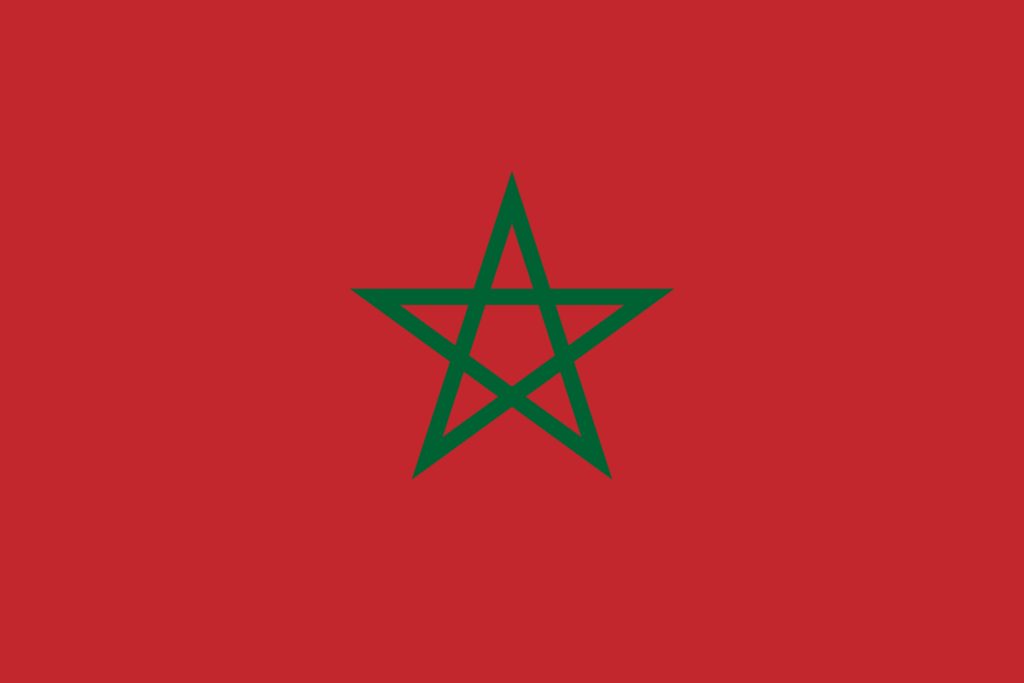
The current design of the Moroccan flag was adopted on November 17, 1915, during the reign of Sultan Yusef. The pentagram, also known as the Seal of Solomon, is a traditional symbol in Islamic art and represents the connection between God and the nation. The simplicity and boldness of the flag’s design make it a powerful symbol of Morocco’s identity and unity.
References
- “Morocco.” Encyclopædia Britannica. britannica.com
- “History of Morocco.” History.com. history.com
- “The Flag of Morocco.” CIA World Factbook. cia.gov
- “Moroccan Economy.” World Bank. worldbank.org
- “UNESCO World Heritage Sites in Morocco.” UNESCO. unesco.org
Top 10 Hunting Resorts in Asia
Asia offers a unique blend of hunting experiences, from the rugged mountains to dense forests,…
Top 10 Cheapest Hunting Destinations in the World
Hunting can be an expensive hobby, but there are several destinations around the world where…
Top 10 Most Expensive and Luxury Hunting Resorts in the World
For those seeking the ultimate luxury hunting experience, these destinations offer world-class amenities, exclusive game,…
Top 10 Most Expensive and Luxury Destinations in the World
Experience the Pinnacle of Opulence at These Luxury Travel Destinations For those seeking the epitome…
Top 10 Historical Reserves in the World
Explore the World’s Most Fascinating Historical Reserves Visiting historical reserves offers a unique glimpse into…
Top 10 Cheapest Travel Destinations in 2024
Explore These Budget-Friendly Cities Around the World Traveling on a budget doesn’t mean you have…
-
Top 10 Hunting Resorts in Asia
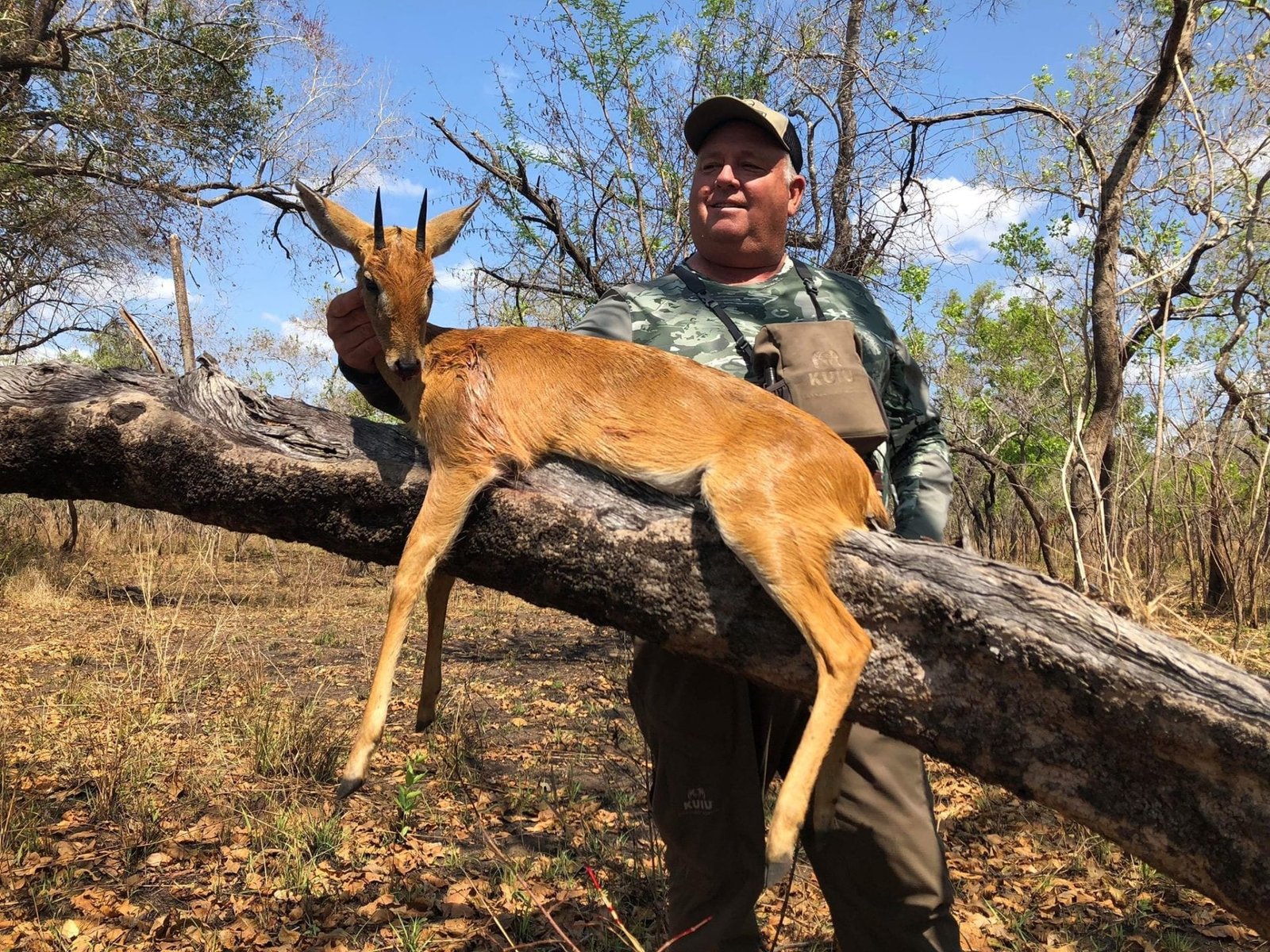
Asia offers a unique blend of hunting experiences, from the rugged mountains to dense forests, and each resort provides a unique combination of luxury and adventure. Here are the top…
Top 10 Cheapest Hunting Destinations in the World
Hunting can be an expensive hobby, but there are several destinations around the world where you can enjoy this activity… -
Top 10 Cheapest Hunting Destinations in the World
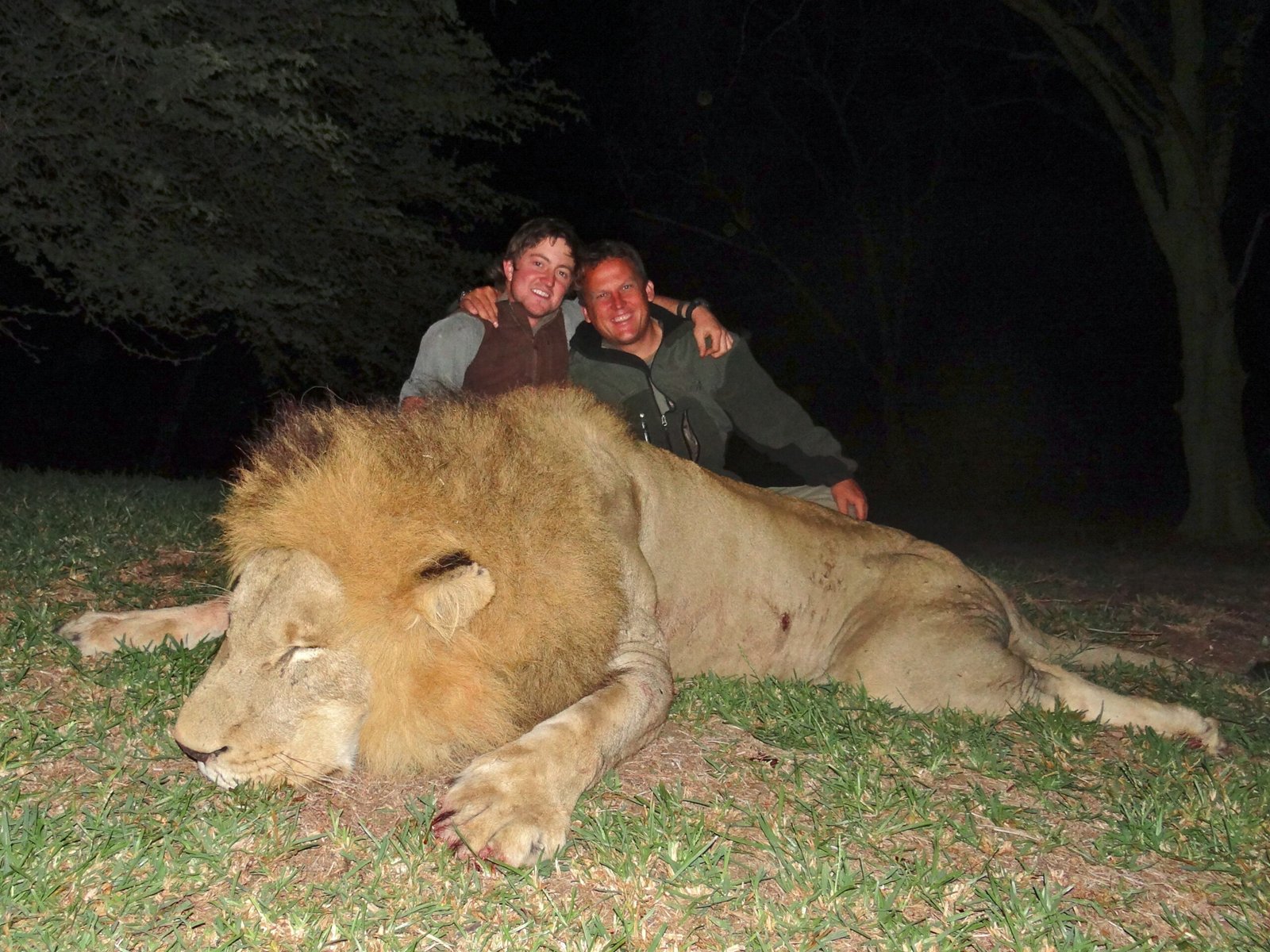
Hunting can be an expensive hobby, but there are several destinations around the world where you can enjoy this activity without breaking the bank. Here are ten of the most…
Top 10 Hunting Resorts in Asia
Asia offers a unique blend of hunting experiences, from the rugged mountains to dense forests, and each resort provides a… -
Top 10 Most Expensive and Luxury Hunting Resorts in the World
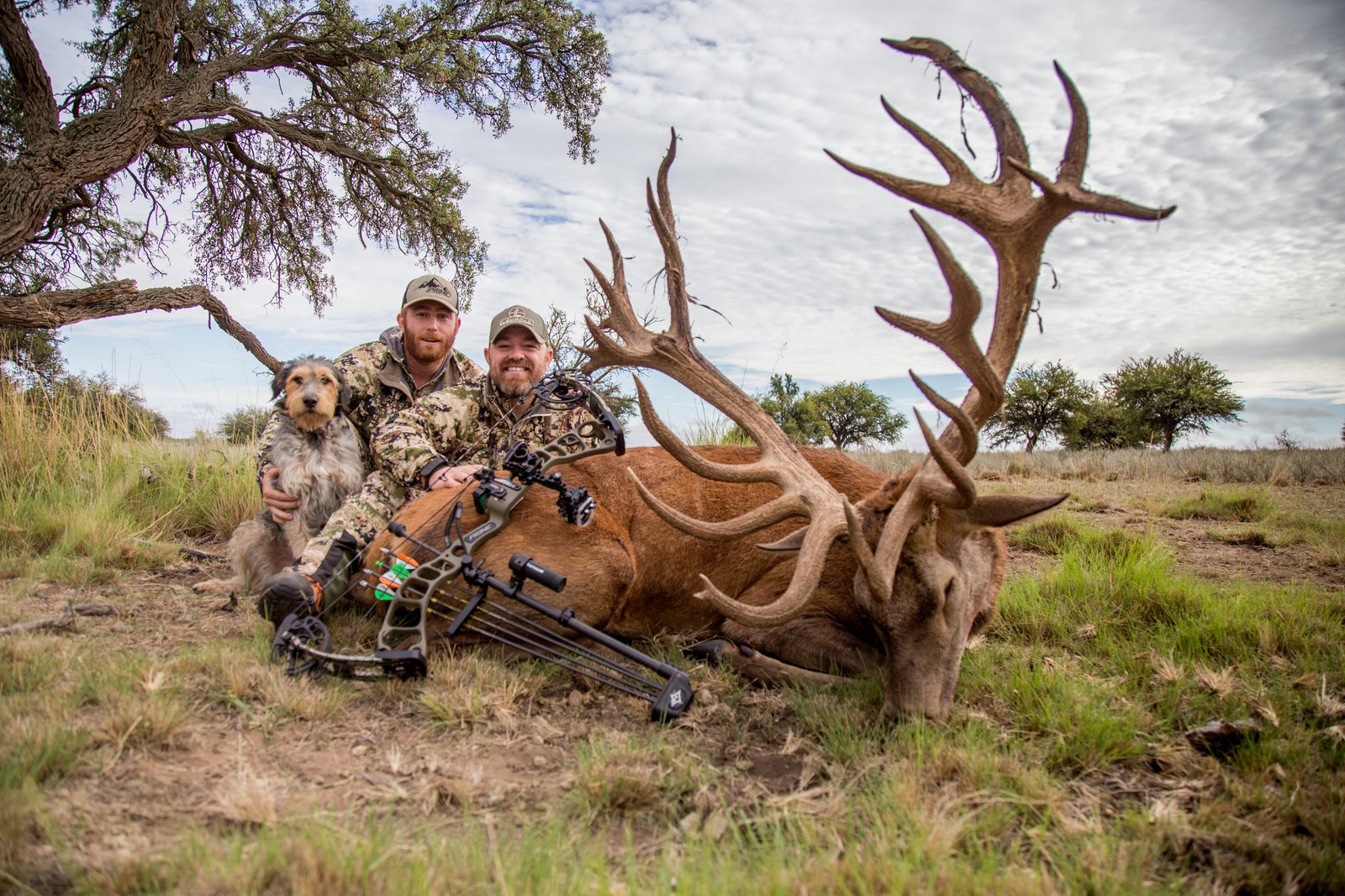
For those seeking the ultimate luxury hunting experience, these destinations offer world-class amenities, exclusive game, and unparalleled services. Here are the top ten most expensive and luxurious hunting resorts in…
Top 10 Hunting Resorts in Asia
Asia offers a unique blend of hunting experiences, from the rugged mountains to dense forests, and each resort provides a…
